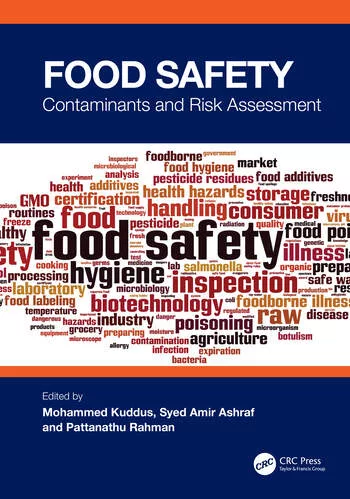Duke University Worm Study Suggests Genetics Might Play a Role in Susceptibility to PFAS Toxicity

Image credit: Freepik
In a new study using worms as the test subjects, Duke University researchers observed toxic effects of exposure to per- and polyfluoroalkyl substances (PFAS)—but not all PFAS were found to be equally toxic, and not all worms experienced the same health harms. The researchers believe their findings are the first evidence that individual genetic variation may contribute to PFAS toxicity susceptibility.
Discovery of this genetically dependent sensitivity to PFAS exposure could be important because, if the specific gene variants causing susceptibility to environmental pollutants are discovered in worms and have counterparts in humans, it could help identify people who are more at risk, and also help identify untested PFAS with the greatest potential for harm. The researchers believe further research based on their findings could meaningfully speed up PFAS testing and regulation.
The Duke research team was led by Tess Leuthner, L. Ryan Baugh, Ph.D., and Heather Stapleton, Ph.D. with Duke’s Nicholas School of the Environment.
The PFAS Problem
PFAS, also referred to as “forever chemicals” due to their inability to break down in the environment or human body over time, are used as greaseproof and water-resistant agents in many industry and consumer goods products, including cookware and food packaging. Their decades of widespread use have led to the ubiquitous presence of PFAS in the environment, contaminating water and soil, and resulting in the chemicals’ uptake by plants and food animals.
Diet is a major route of human exposure to PFAS, and exposure to the chemicals have been linked to numerous health harms, such as cancers, liver and heart damage, immune and developmental damage in infants and children, and other effects. For example, a recent study conducted by University of Southern California medical researchers discovered that communities served by PFAS-contaminated drinking water sources experience up to 33 percent higher incidence of certain cancers.
In April 2024, affirming the negative impacts of PFAS exposure on public health, the U.S. Environmental Protection Agency (EPA) issued national, legally enforceable drinking water standards for certain PFAS types that are known to be particularly pervasive and toxic.
PFAS Toxicity May be More Varied Than Previously Known
The Duke study, published in Toxicological Sciences, exposed Caenorhabditis elegans worms—commonly known as roundworms—to different doses of 13 PFAS types, and then observed the effects of exposure on the worms’ growth.
Looking for quick answers on food safety topics?
Try Ask FSM, our new smart AI search tool.
Ask FSM →
Overall, the growth of PFAS-exposed worms was stunted in comparison to the non-exposed worms, although some worms’ growth was stunted at much lower doses of PFAS than others. Additionally, some worms suffered toxic effects of PFAS exposure at much lower doses of certain chemicals than others, which may suggest that sensitivity to PFAS toxicity is dependent on genetics.
The researchers also found that not all types of PFAS were equally toxic. The most toxic type, perfluorooctanesulfonamide (PFOSA), was found to be approximately one thousand times more toxic than the least toxic type, perfluorobutanoic acid (PFBA).
Why Worms
Worms were chosen as the subjects of the study due to their genetics and rapid growth. Specifically, many disease-causing genes in humans have counterparts in worms, and humans and worms share many of the same metabolic and developmental pathways. Moreover, the small size and fast development of worms allowed the researchers to study the effects of many PFAS on large numbers of subjects in a short amount of time—the same experiment that would take a week using worms could take more than a year using mice or rabbits.
As a next step, the researchers are working to identify which genes are responsible for the differences in the worms’ susceptibility to PFAS toxicity.
The study was funded by the U.S. National Institutes of Health (NIH), as part of a larger project using worm genetics to predict which chemical exposures are most harmful to human health.









